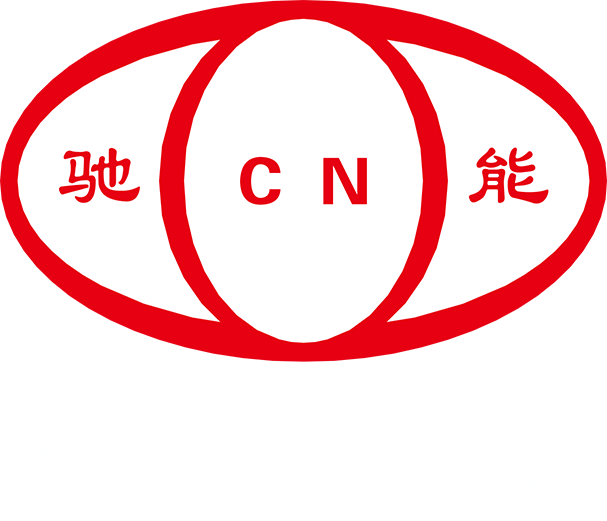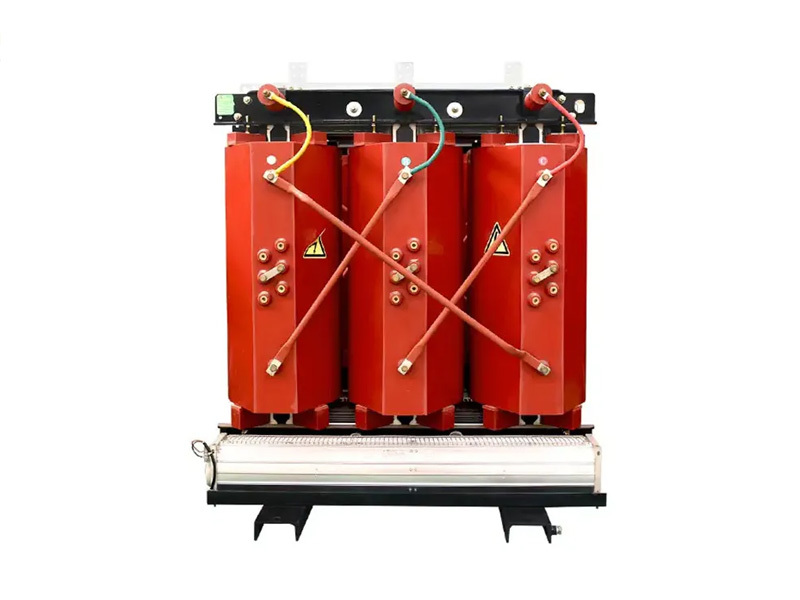He' Nan Chineng Electric Power Equipment Co., Ltd
Why Choose a Medium Voltage Dry-Type Transformer for Your Facility?
May 30,2025
Why Choose a Medium Voltage Dry-Type Transformer for Your Facility?
In the modern world of electrical power distribution, selecting the right transformer for your facility is crucial. Among various options available, **medium voltage dry-type transformers** have gained significant traction due to their numerous advantages. This article delves into why these transformers are an excellent choice for various applications, including industrial, commercial, and institutional facilities.
Table of Contents
- What is a Medium Voltage Dry-Type Transformer?
- Benefits of Medium Voltage Dry-Type Transformers
- Applications of Medium Voltage Dry-Type Transformers
- Installation Considerations for Medium Voltage Dry-Type Transformers
- Maintenance and Service Lifespan
- Compliance and Safety Standards
- Cost Analysis: Initial Investment vs. Long-Term Savings
- Frequently Asked Questions
What is a Medium Voltage Dry-Type Transformer?
A **medium voltage dry-type transformer** is an electrical device used to change the voltage of electricity without the use of liquid insulation. Typically operating in the voltage range of **1 kV to 35 kV**, these transformers employ air as a cooling medium. Unlike oil-filled transformers, dry-type transformers are designed to be installed indoors or in areas where there is a risk of leakage or contamination.
These transformers are often encapsulated in a resin that protects the internal winding and allows them to operate safely in a variety of environmental conditions. This section will explore the main components of dry-type transformers, including their windings, cores, and insulation systems, explaining how they function together to provide reliable power distribution.
Benefits of Medium Voltage Dry-Type Transformers
Choosing a **medium voltage dry-type transformer** comes with several distinct advantages that enhance operational efficiency and safety. Below are some of the most notable benefits:
1. Safety and Environmental Benefits
Medium voltage dry-type transformers do not use oil, mitigating the risk of leaks and environmental contamination. This characteristic makes them ideal for facilities located in sensitive environments, such as near water bodies or in urban areas. Furthermore, their robust design reduces fire hazards.
2. Low Maintenance Requirements
Dry-type transformers require minimal maintenance compared to their oil-filled counterparts. They do not need regular oil testing or replacement, making ongoing maintenance activities less frequent and more cost-effective.
3. Compact Footprint
These transformers are generally smaller and lighter than oil-filled models, allowing for easier installation in constrained spaces. Their reduced size also means lower transportation costs, making them a more economically viable option in many instances.
4. Versatility
Medium voltage dry-type transformers are suitable for various applications, including industrial, commercial, and renewable energy projects. They can efficiently step down voltage for use in motor control centers, lighting systems, and other essential facility functions.
5. High Efficiency
With advances in technology, dry-type transformers have become remarkably efficient, often reaching efficiency levels up to **98%**. This efficiency translates into reduced energy consumption and lower operational costs over the lifespan of the transformer.
Applications of Medium Voltage Dry-Type Transformers
Due to their reliability and versatility, medium voltage dry-type transformers find applications in numerous sectors:
1. Industrial Facilities
Manufacturing plants often require robust electrical systems to handle heavy machinery. Medium voltage dry-type transformers provide the reliability necessary for these demanding environments.
2. Commercial Buildings
Shopping malls, office buildings, and school campuses benefit from the safe and efficient power distribution provided by these transformers, ensuring that all electrical systems operate smoothly.
3. Data Centers
Data centers demand high reliability and uptime. Medium voltage dry-type transformers ensure that sensitive equipment receives stable power, minimizing the risk of downtime.
4. Renewable Energy Systems
As the world shifts towards renewable energy, medium voltage dry-type transformers play a crucial role in integrating solar and wind power systems into the electrical grid. Their efficiency helps mitigate losses in these systems.
Installation Considerations for Medium Voltage Dry-Type Transformers
Proper installation is critical to the performance and longevity of medium voltage dry-type transformers. Here are some essential factors to consider:
1. Location and Space Requirements
The installation site must be adequately prepared and should allow for proper ventilation. Sufficient clearance around the transformer is necessary to facilitate maintenance and prevent overheating.
2. Electrical Connections
Ensure that all connections are secure and compliant with local electrical codes. Proper grounding is essential to enhance safety and system reliability.
3. Environmental Factors
Consider environmental conditions such as temperature, humidity, and dust levels when selecting the installation site. While dry-type transformers are designed to handle a range of conditions, extreme environments may necessitate additional protective measures.
Maintenance and Service Lifespan
While medium voltage dry-type transformers require minimal maintenance, regular inspections are important to ensure optimal performance.
1. Routine Inspections
Conduct periodic visual inspections to check for signs of wear, discoloration, or physical damage. Look for loose connections and ensure that the ventilation system remains unobstructed.
2. Testing and Monitoring
Implement testing protocols, such as thermal imaging scans, to identify potential hot spots that may indicate electrical faults. Monitor the transformer's performance metrics to detect anomalies early.
Compliance and Safety Standards
Adhering to local and international safety standards is crucial when selecting and operating medium voltage dry-type transformers. Regulatory bodies such as the **Institute of Electrical and Electronics Engineers (IEEE)** and the **National Electrical Manufacturers Association (NEMA)** set guidelines that ensure safety and reliability.
Compliance with these standards not only enhances safety but also contributes to the transformer’s performance and longevity.
Cost Analysis: Initial Investment vs. Long-Term Savings
While the initial investment in medium voltage dry-type transformers may be higher than traditional options, the long-term savings can be substantial.
1. Lower Operational Costs
Reduced maintenance requirements and high efficiency translate into lower operational costs over the lifespan of the transformer. This factor significantly impacts the total cost of ownership.
2. Energy Savings
The high efficiency of dry-type transformers results in lower energy consumption. In facilities where energy costs are a concern, this can lead to significant savings over time.
Frequently Asked Questions
1. What are the advantages of dry-type transformers over oil-filled transformers?
**Dry-type transformers** are more environmentally friendly, require less maintenance, and have a lower risk of fire hazards.
2. How long do medium voltage dry-type transformers last?
With proper maintenance, these transformers can last **20 to 30 years** or even longer.
3. Can dry-type transformers be installed outdoors?
While primarily designed for indoor use, specific models can be installed outdoors with adequate protective enclosures.
4. What factors influence the efficiency of a medium voltage dry-type transformer?
Factors include the design of the windings, core material, and the operating temperature.
5. Are there any special maintenance requirements for these transformers?
Regular visual inspections and thermal monitoring are recommended to ensure optimal performance.
Conclusion
Opting for a **medium voltage dry-type transformer** is a strategic decision for facilities seeking reliable, efficient, and safe electrical power distribution. With their myriad advantages, such as low maintenance, versatility, and compliance with safety standards, these transformers can significantly contribute to your facility's operational efficiency. Understanding their applications, installation requirements, and long-term benefits empowers facility managers to make informed choices that align with their operational goals. Embrace the future of power distribution with medium voltage dry-type transformers and unlock the potential for enhanced performance and sustainability in your facility.










